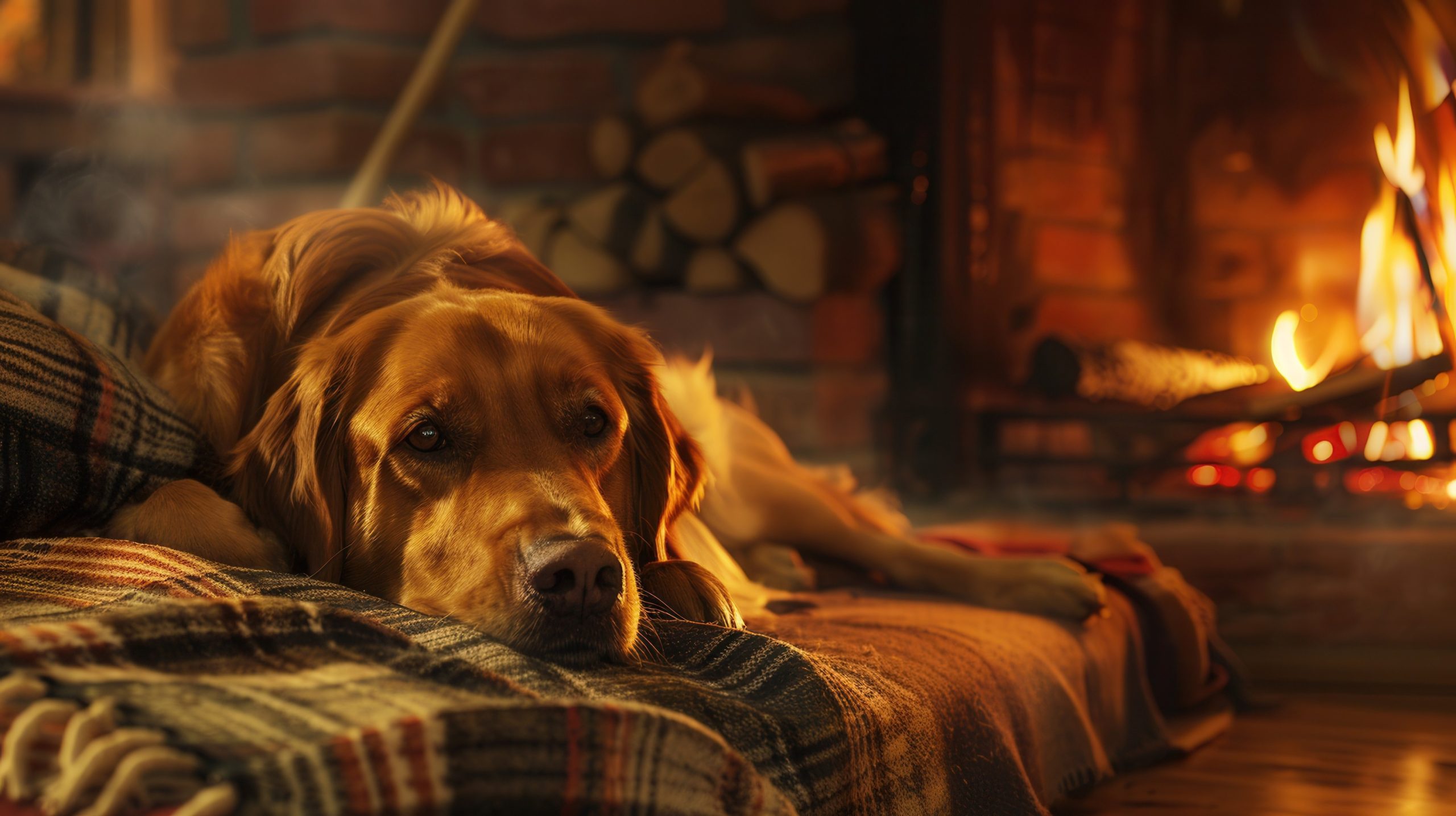Tips for Hunting in the Snow

Tips for Hunting in the Snow
On a snowy Saturday morning last December, I doubted the instincts of one of my Small Munsterlanders, Della. We were chasing pheasants with some of my friends and their dogs. We were two birds shy of a three-man limit and one of those birds was mine. On our way back to the truck, Della started acting birdy. Her birdieness led to a point on an old fence line. The fence line no longer had wire. Most of the grass was flat. It had a few lonely posts and a couple clumps of grass. When Della went on point, you could hear me say on my GoPro, “There is no way there is a bird there.” Not only was there a bird there, but it was a “ROOSTER!” Needless to say, my doubt turned to carelessness and my carelessness turned into a missed bird and a missed bird meant I went home a bird short of my limit.
Trust Your Dog
The moral of the story is always TRUST YOUR DOG!. I’d add, especially in the snow. With snow on the ground, pheasants typically sit tighter and find cover in places you and I might overlook. When your dog indicates there is a bird, don’t let them prove you wrong. If they do, it stinks, believe me, I know. Fun fact, some studies suggest that a dog’s sense of smell is 10,000 times better than ours.
A couple of other things to keep in mind when hunting in the snow are your pace and direction. Again, because birds are likely sitting tighter and finding deep, unlikely cover, SLOW DOWN, you don’t want to blow by a bird that won’t get up even after you pass it. Along with your pace, make sure and ZIG-ZAG more than you usually do. Not only will this help your dog find more birds, you’ll also find birds they might have missed or not got downwind from.
Quick Tips for Hunting in Terrain
If you have access, hunt food plots, thickets, cattails and shelter belts. Seek out the bottoms of draws as they are wind-sheltered and typically hold moisture which produces good cover.
Quick Tips for Your Dog
Take the temperature seriously! A few lost degrees of body temp can severely injure and/or kill a dog. If they are shivering, chattering their teeth, are lethargic or disoriented, get them to a warm, dry environment. Also, you need to watch for frostbite, especially on the tail, feet, ears, nose and scrotum. When it comes to their diet, feed a high-fat, high-protein food and be sure to keep them hydrated. Keep their crate warm and dry and you might consider having them wear an insulated vest and/or boots. When it’s bitterly cold outside, consider shorter hunts.
Don’t Let the Cold Stop You
My final tip is don’t let the cold make you stay parked on the couch. You’ll make memories with your buddies and dogs that you’ll talk about for years. Not to mention, if you stay home, you’ll miss sights of nature that most people would pay to see or hang in frames in their houses. Images like a ringneck exploding from the snow-covered field. His colors amplified in the bright white landscape.
Plus, sitting next to the fire watching the game with a drink in your hand and your dog snuggled up beside you is so much more rewarding after a day of hunting than a day of staring out the window wishing you were hunting.
by Kyle Dana
January 2025


